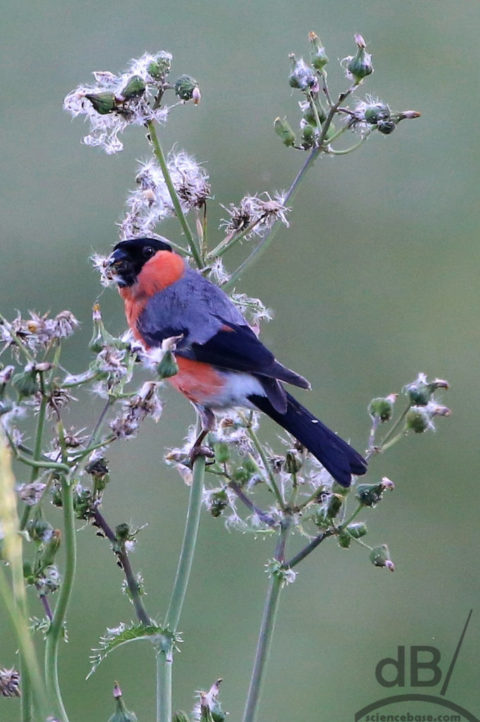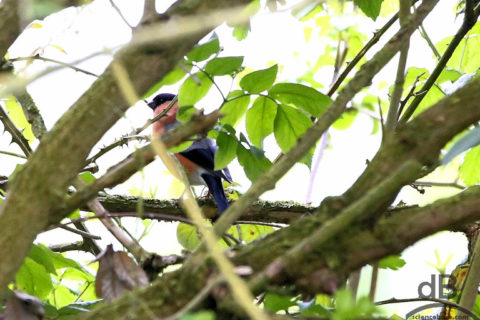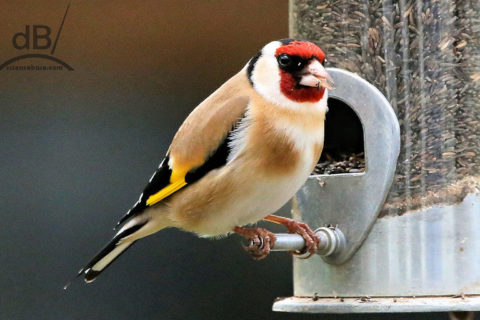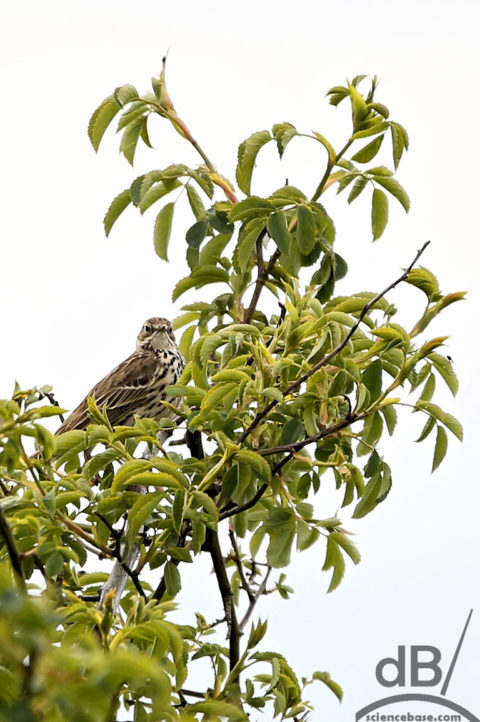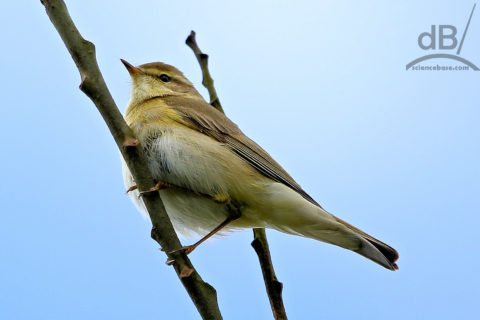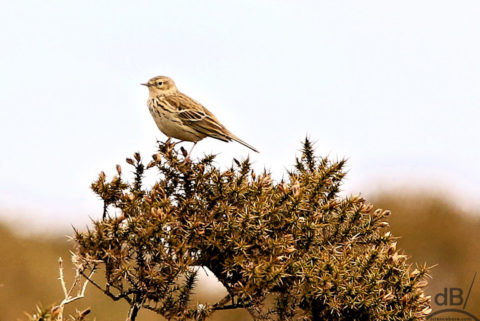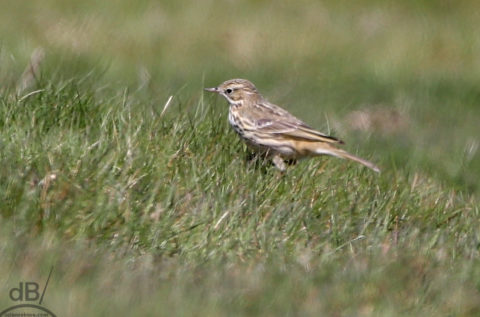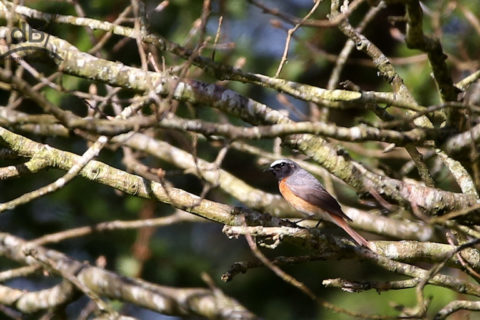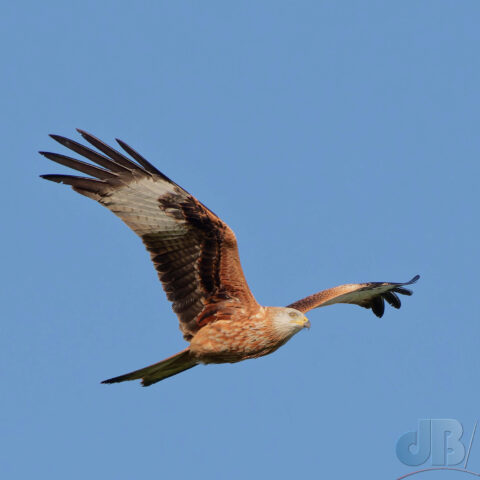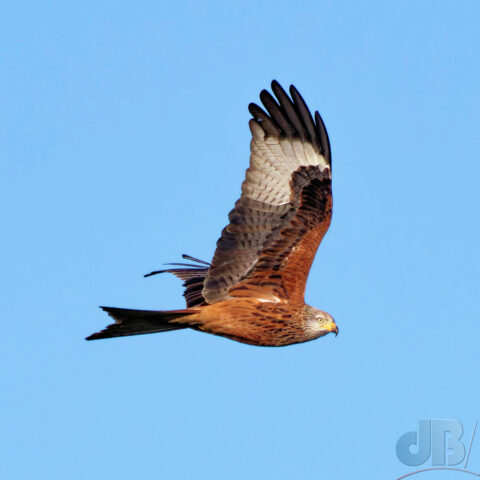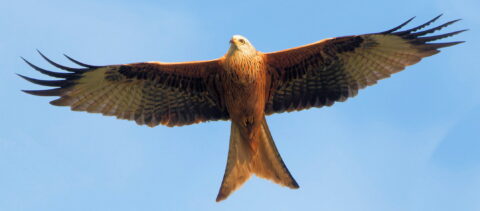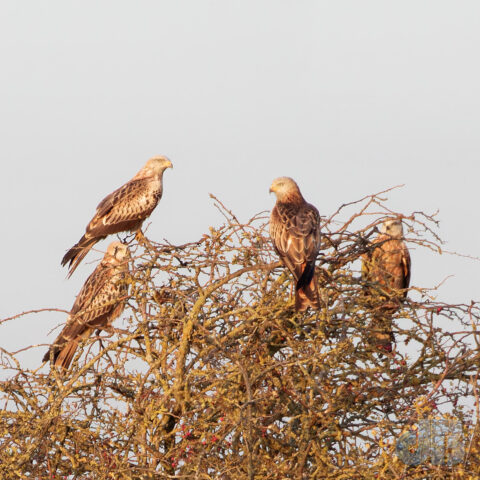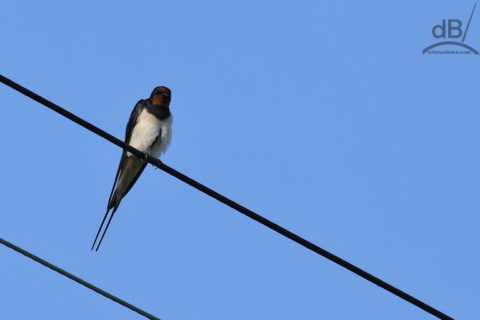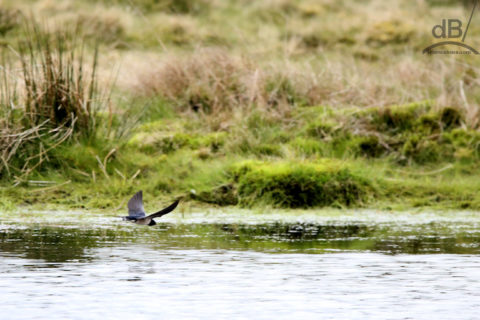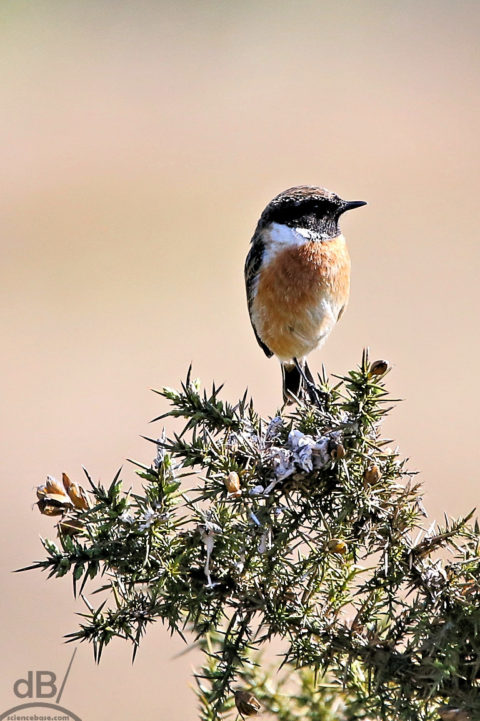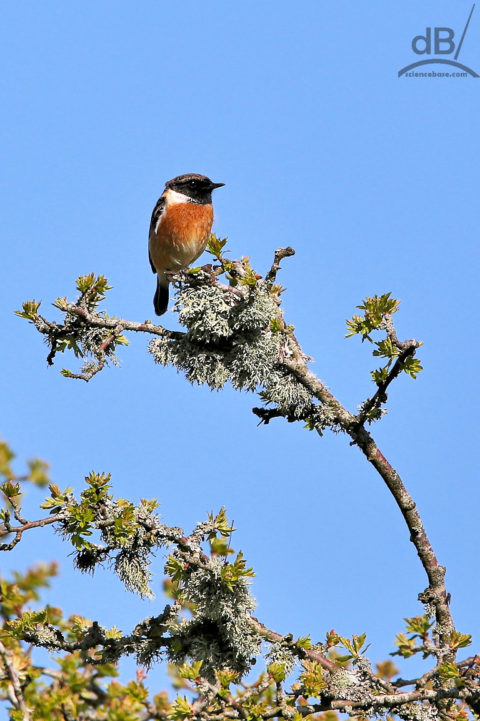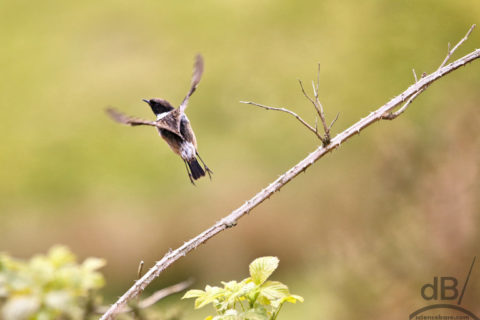Sylvia isn’t a communist, as far as I know…she’s a wee bird…yes, I know another one. More to the point, this Sylvia is a male. Spotted him darting around the reeds on the Cottenham Lode. Made the dog sit still and then stalked him so I could get a better shot…several snaps, none great, one in flight then he was up a tree away from the reeds and wondering what on earth I was up to.
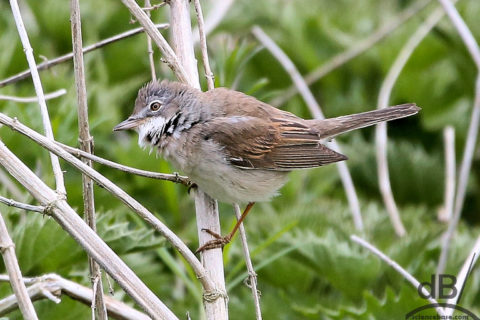
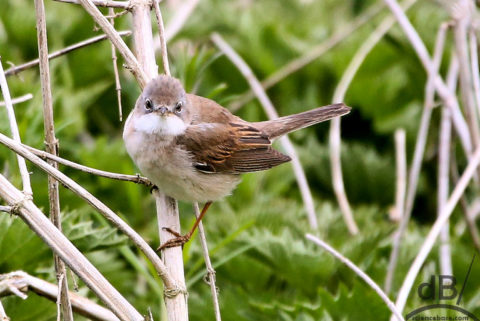
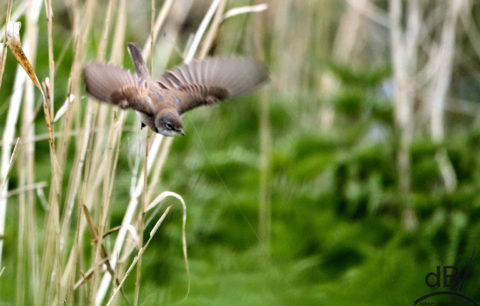
Medium-sized warbler, sam sort of size as a great tit (Parus major), summer visitor to the UK; spending the northern winter in sub-Saharan Africa. S communis avoids urban and mountainous areas (so unlikely to see it an a city of the Scottish highlands.
